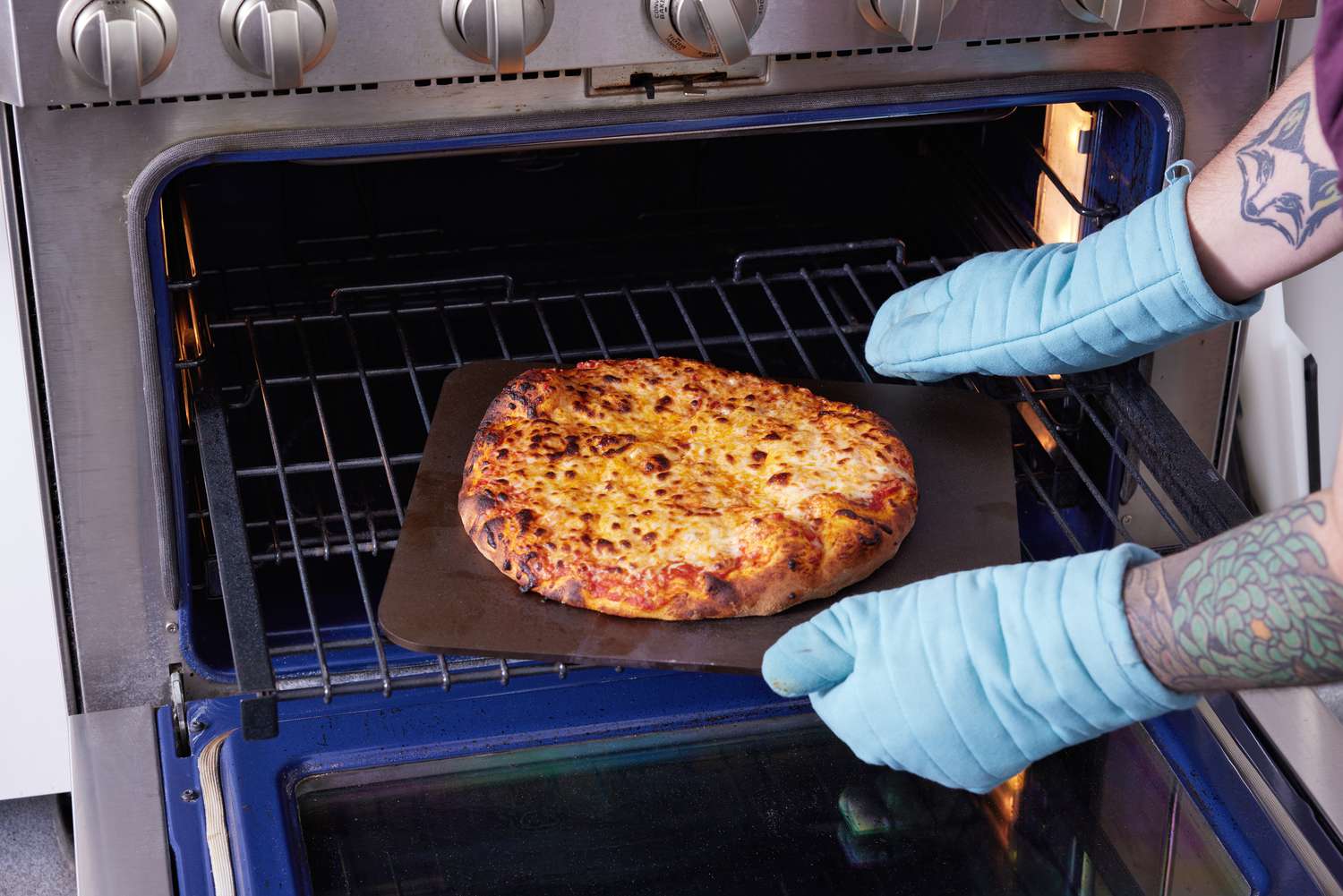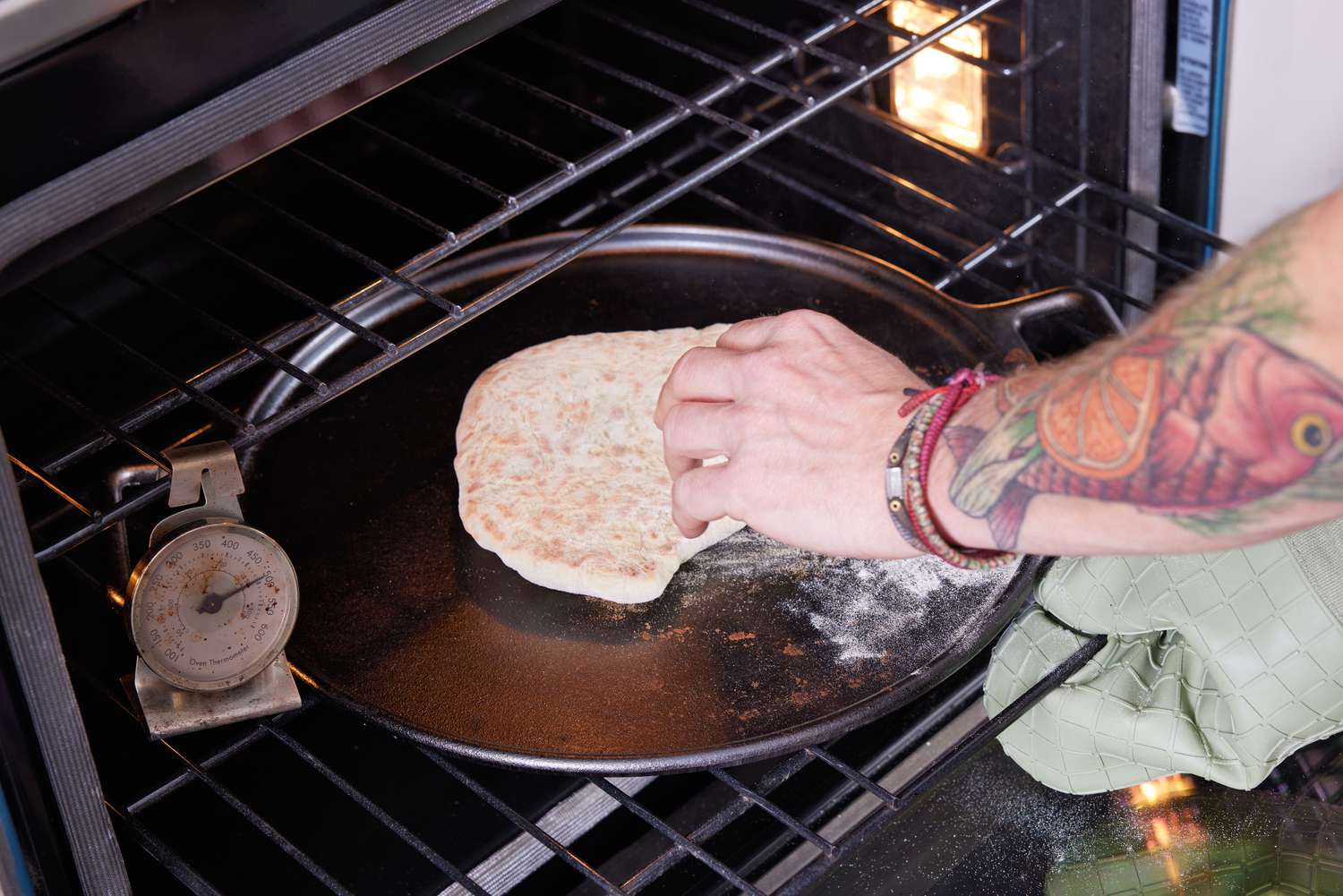Embarking on the culinary journey where radiant heat and baking converge offers thrilling advantages and a unique set of challenges. For kitchen professionals, understanding these concepts is crucial to elevate baking prowess and achieve superior baked goods.

Demystifying Radiant Heat
To grasp the intricate dance between radiant heat and baking, it is imperative to first comprehend what radiant heat entails. Radiant heat is a method of heat transfer that involves the emission of energy from a heat source. In the kitchen, this means warmth radiating from elements such as a brick oven, influencing your baking outcomes in ways other heat methods cannot.
Unlike conduction, which requires direct contact, or convection, which involves circulating hot air, radiant heat directly impacts the surface of your baking goods. It is akin to the warmth you feel from the sun on a cool day, providing that essential crispy texture while cooking the inside to perfection.
How Radiant Heat Influences Baking
In the realm of baking, radiant heat plays a pivotal role. It impacts how evenly a dish bakes, which is why many professional ovens are designed with radiant heat elements to maximize efficiency. Using a baking stone, for instance, capitalizes on radiant heat's ability to distribute heat uniformly. For a deeper dive into how radiant heat works in practice, you might explore more about heat transfer in baking stones.
The Advantages for Kitchen Pros
- Efficient Heat Distribution: Baking professionals benefit from radiant heat's ability to distribute heat evenly across baking surfaces, reducing the chance of burnt or undercooked sections.
- Crispy Texture Creation: Perfect for items like pizzas and bread, radiant heat ensures a crispy crust by providing direct heat exposure, perfect for those aiming to achieve artisanal-quality results.
Strategic Use of Radiant Heat in the Kitchen
To fully optimize radiant heat, it is beneficial to understand the tools best matched for this method. Equipment such as pizza stones or, when applicable, brick ovens are excellent choices for harnessing the power of radiant heat.
For those interested in understanding this dynamic better, this guide on using baking stones offers comprehensive insights.
Pairing with Other Techniques
Pairing radiant heat with conduction or convection can yield impressive results, ensuring that kitchen professionals have versatility in their baking approaches. For insights into combining these methods, the discussion on stone effects on crust texture is enlightening.

The Impact of Radiant Heat on Different Ingredients
Different ingredients react uniquely to radiant heat. Issues such as sugar caramelization and protein coagulation occur more rapidly under radiant heat, enhancing the complexity of flavors and textures.
Understanding these interactions allows kitchen professionals to predict and adjust their techniques for desired results, making this an invaluable tool in the chef's repertoire.
FAQs on Radiant Heat and Baking
- What is the primary benefit of radiant heat in baking? Radiant heat offers direct and uniform heat distribution, resulting in evenly baked goods and a perfectly brown crust.
- Can I use radiant heat in a conventional oven? Yes, by using a baking stone or baking sheet designed to enhance radiant heat, you can simulate the benefits in a standard kitchen setup.
- Is learning to use radiant heat worth the effort? Absolutely, especially for professionals. Mastering radiant heat can significantly enhance your baking quality and broaden your culinary capabilities.
By embracing the intricacies of radiant heat and baking, kitchen professionals can unlock new realms of culinary excellence, delighting customers and enhancing their professional skill set. For a more comprehensive look at how radiant heat integrates with other baking methods, check out this comparison of stone baking vs air baking.
This article contains affiliate links. We may earn a commission at no extra cost to you.






Leave a comment
This site is protected by hCaptcha and the hCaptcha Privacy Policy and Terms of Service apply.